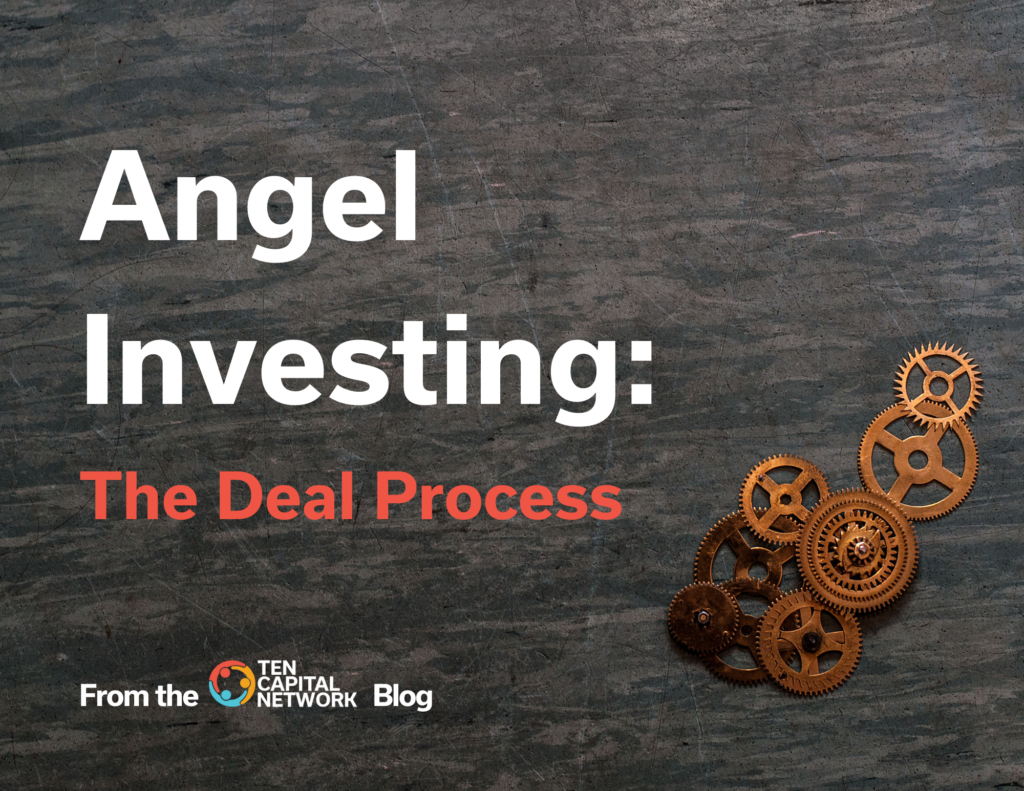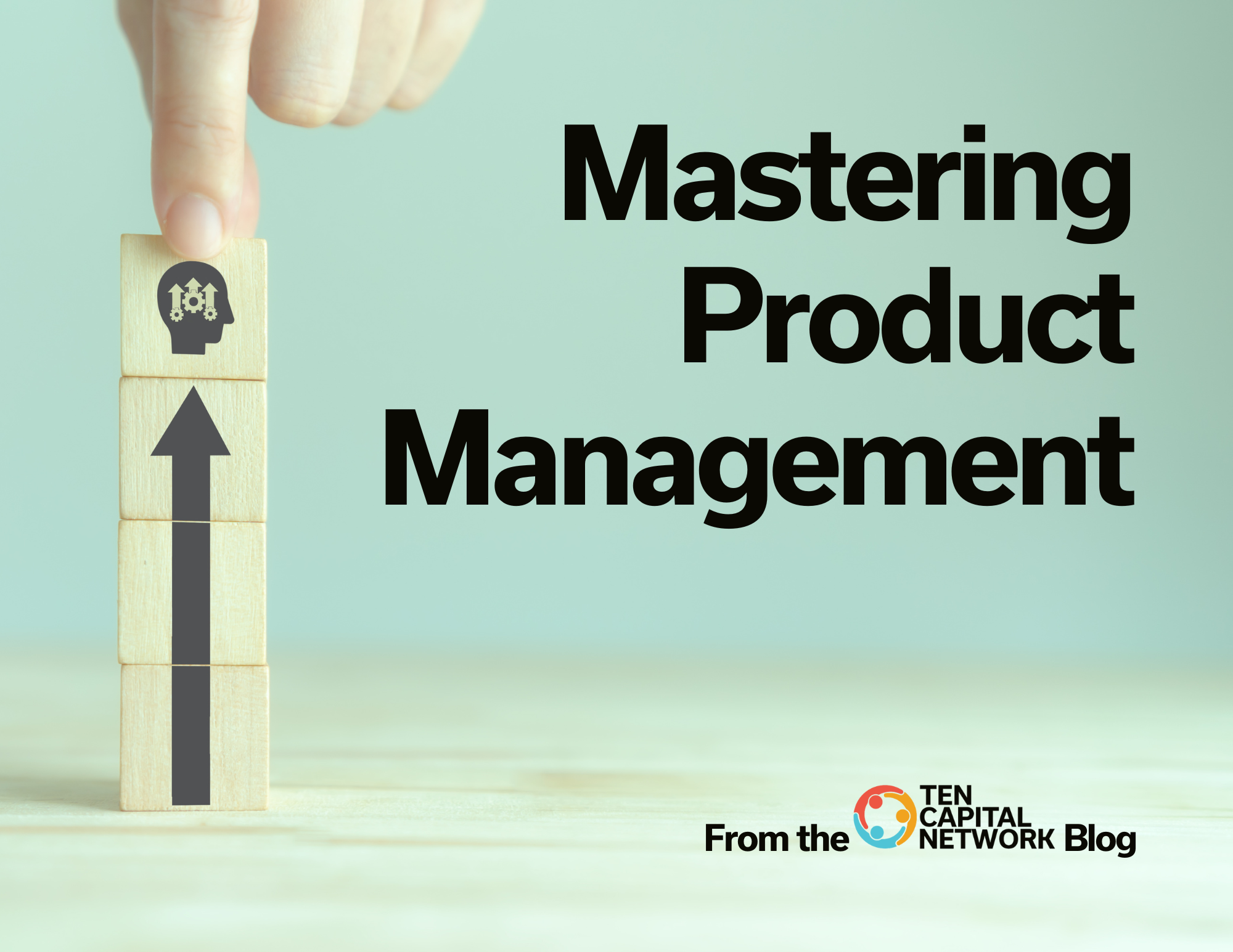2 min read The aim of every angel investor is to profit, and this is done by closing successful deals. In this article, we take a closer look at the deal process discussing topics such as stages of the deal, performing due diligence, and how to effectively lead the deal as an angel investor.
Stages of the Deal Process
A startup investment goes through a series of stages. It starts with the pitch presentation in which the startup introduces the deal to the investors. Then there’s the first follow-up meeting in which the investors dig into the deal to learn the details. Investors want to think about it and also want to see the startup continue to make progress.
Then comes the Due Diligence phase in which the investors perform a more rigid review of the startup’s documents, team, and market. If the terms sheet has been established by other investors, then the investors review those documents. If not, the investor must negotiate the terms including valuation. Investors then check with their network to see who else may want to invest or put it out to other investors for syndication.
Finally, there’s the closing of the round with the signing of documents. Not every startup makes it all the way through the process. Here are some key challenges:
- When the investors come together to dig into the deal, it must have enough traction and value propositions to maintain the investors’ interest before the investors commit significant time to it.
- Deals may stall because the diligence process didn’t continue because the investors were distracted.
- Some deals stall because the startup and the investors cannot agree on valuation.
- Deals can stall out or come up with a lower investment amount because investors fell out at the closing stage.
It’s important to keep the momentum going throughout the process both on the investor side and the startup side.
Deal Diligence
Below are some tips on how an investor group can make the diligence process manageable:
- standardize the diligence process
- break it down into subtasks and define the process for each task
- assign the tasks to team members
- set target dates for completion and have periodic check-ins with each team member
- focus on the key risks and not every aspect of the deal
- make clear to the startup how the diligence process works
- keep the startup apprised of the progress and status of their deal
In most cases, the startup will find the process manageable if they understand how it works and if they see consistent progress to the goal. A good diligence process often provides new information and insight to the startup. Reducing time, making it efficient, and helping the startup, are the signs of a good diligence process.
Leading the Deal
In early-stage investing, someone needs to take the lead and screen the deals, diligence selected ones, and negotiate the valuation with the chosen ones. In most cases, the lead investor doesn’t want to be the only one in the deal and promotes other investors to join. This promotion process is called syndication. Most investors are looking for someone else to take the lead and actively follow the deal as it progresses.
As a deal lead, make sure you do the following:
- Setup a strong process for diligence and bring legal, accounting, and other resources that can help in the process.
- Know the deal economics such as valuation, investor rights, control terms, and the path to an exit.
- Keep other investors informed to attract them to the deal.
- Invest enough of your own funds to show commitment to the startup.
- Coach the startup on fundraising, especially for first-time founders.
- Move the funding process forward consistently without stalling out.
- Set aside time to join the board of directors.
- Add value to the startup where you can.
Move to Close
After the diligence is complete and the open questions answered, the team must decide whether or not to invest. It’s important to identify the risks and write them out in the report. The team should articulate an investment thesis that includes the opportunity in the deal such as how big it could become. The team should include the potential exit value and how long it will take to reach it. The team should also clarify their assumptions around the deal and write it out as well.
To decide to go forward, take the temperature of the team. It’s either heating up or cooling off. Monitor the company’s progress to see if it continues to demonstrate a growth story. If enough investors want to move forward, then the investors should pursue it. If not enough investors want to move forward, then it’s a pass.
It’s important to make a timely decision as the entrepreneur needs to know the group’s position.
Read more on the TEN Capital eGuide: Leading an Angel Group

Hall T. Martin is the founder and CEO of the TEN Capital Network. TEN Capital has been connecting startups with investors for over ten years. You can connect with Hall about fundraising, business growth, and emerging technologies via LinkedIn or email: hallmartin@tencapital.group





